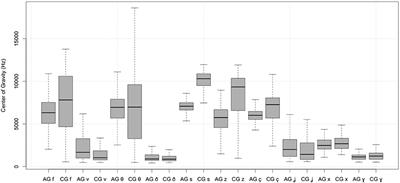EDITORIAL
Published on 24 Sep 2018
Editorial: Developmental, Modal, and Pathological Variation—Linguistic and Cognitive Profiles for Speakers of Linguistically Proximal Languages and Varieties
doi 10.3389/fpsyg.2018.01804
- 1,252 views
22k
Total downloads
155k
Total views and downloads
EDITORIAL
Published on 24 Sep 2018
ORIGINAL RESEARCH
Published on 20 Jun 2018

HYPOTHESIS AND THEORY
Published on 04 Jan 2018

ORIGINAL RESEARCH
Published on 20 Dec 2017

ORIGINAL RESEARCH
Published on 22 Nov 2017

ORIGINAL RESEARCH
Published on 22 Nov 2017

ORIGINAL RESEARCH
Published on 13 Nov 2017

ORIGINAL RESEARCH
Published on 01 Nov 2017

ORIGINAL RESEARCH
Published on 30 Oct 2017

ORIGINAL RESEARCH
Published on 29 Aug 2017

ORIGINAL RESEARCH
Published on 25 Aug 2017

ORIGINAL RESEARCH
Published on 15 Aug 2017

